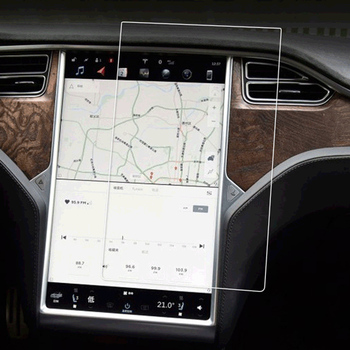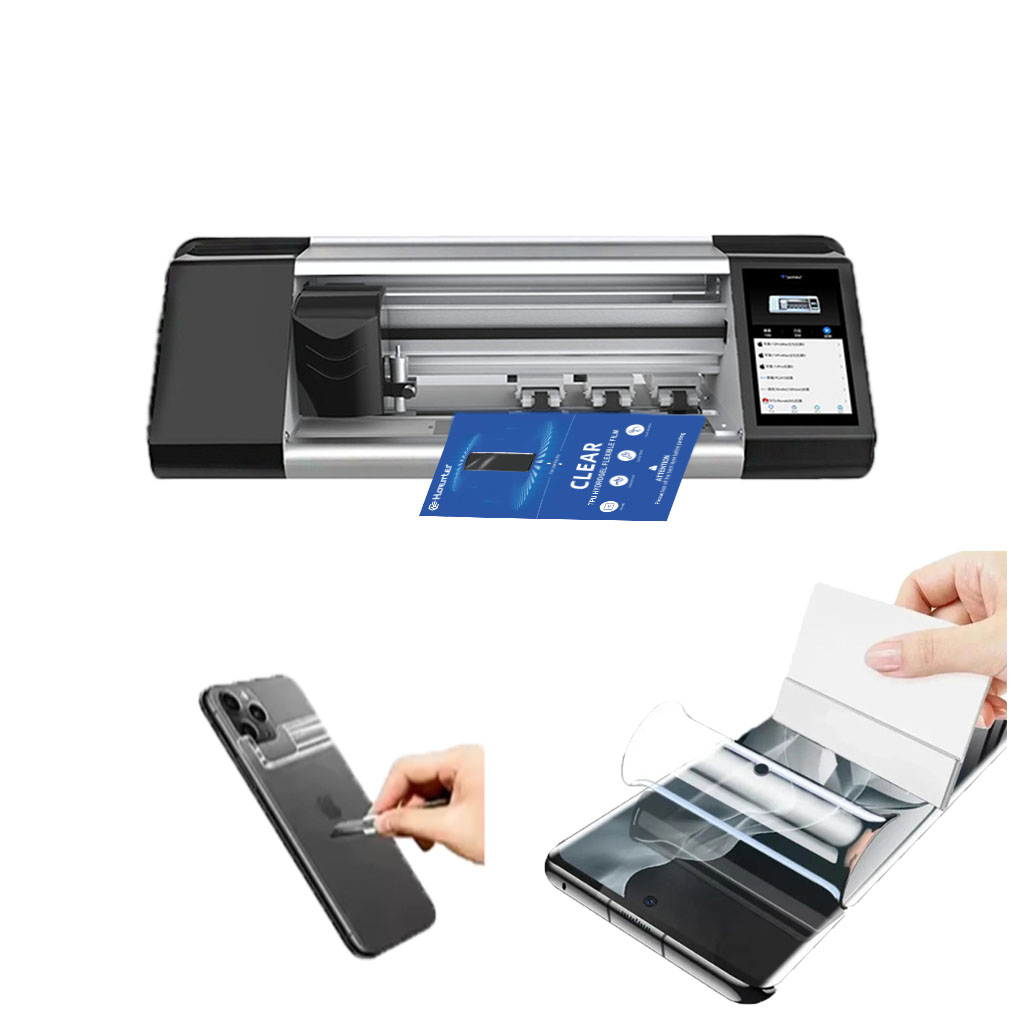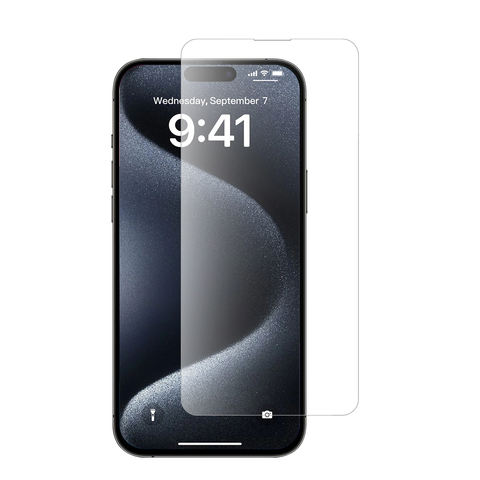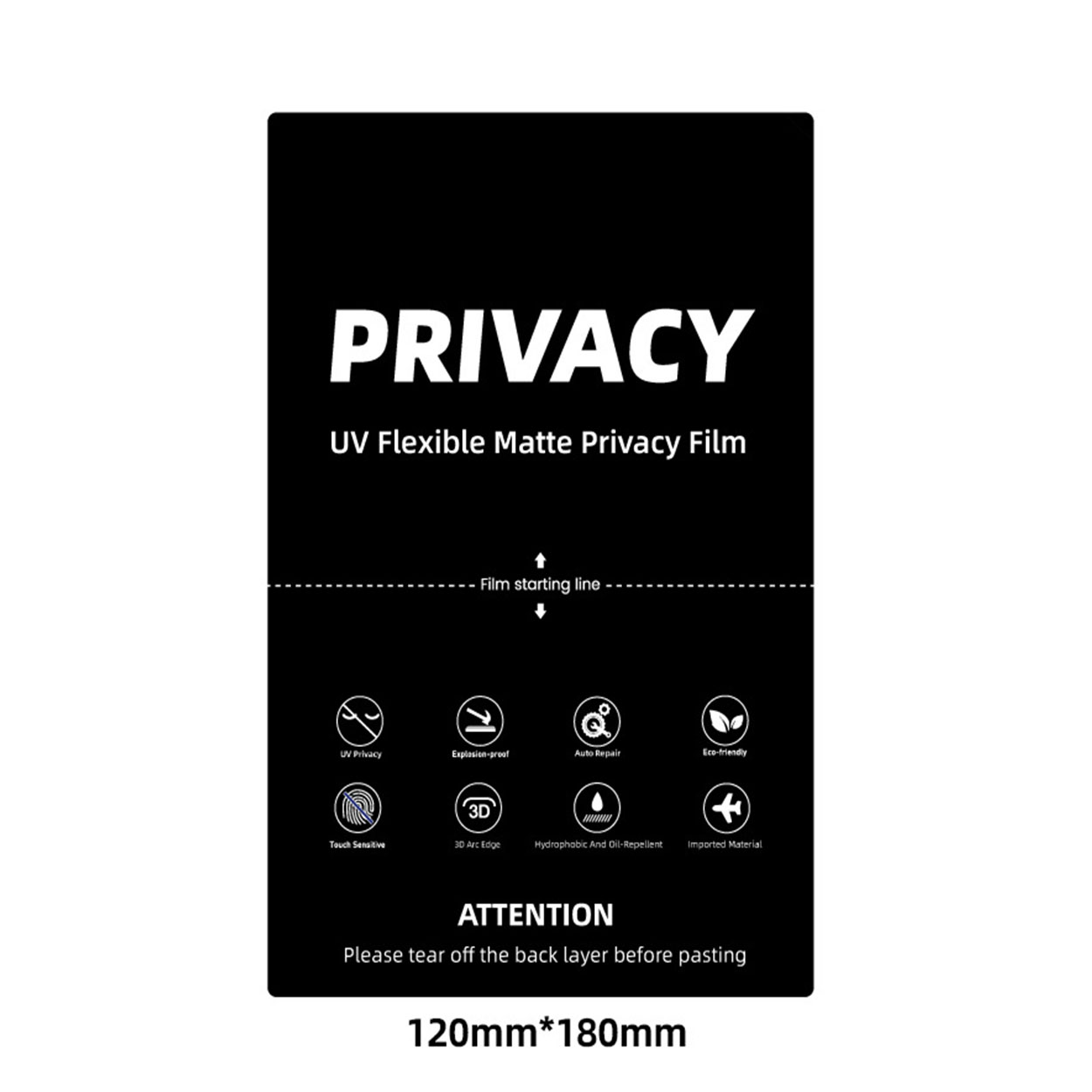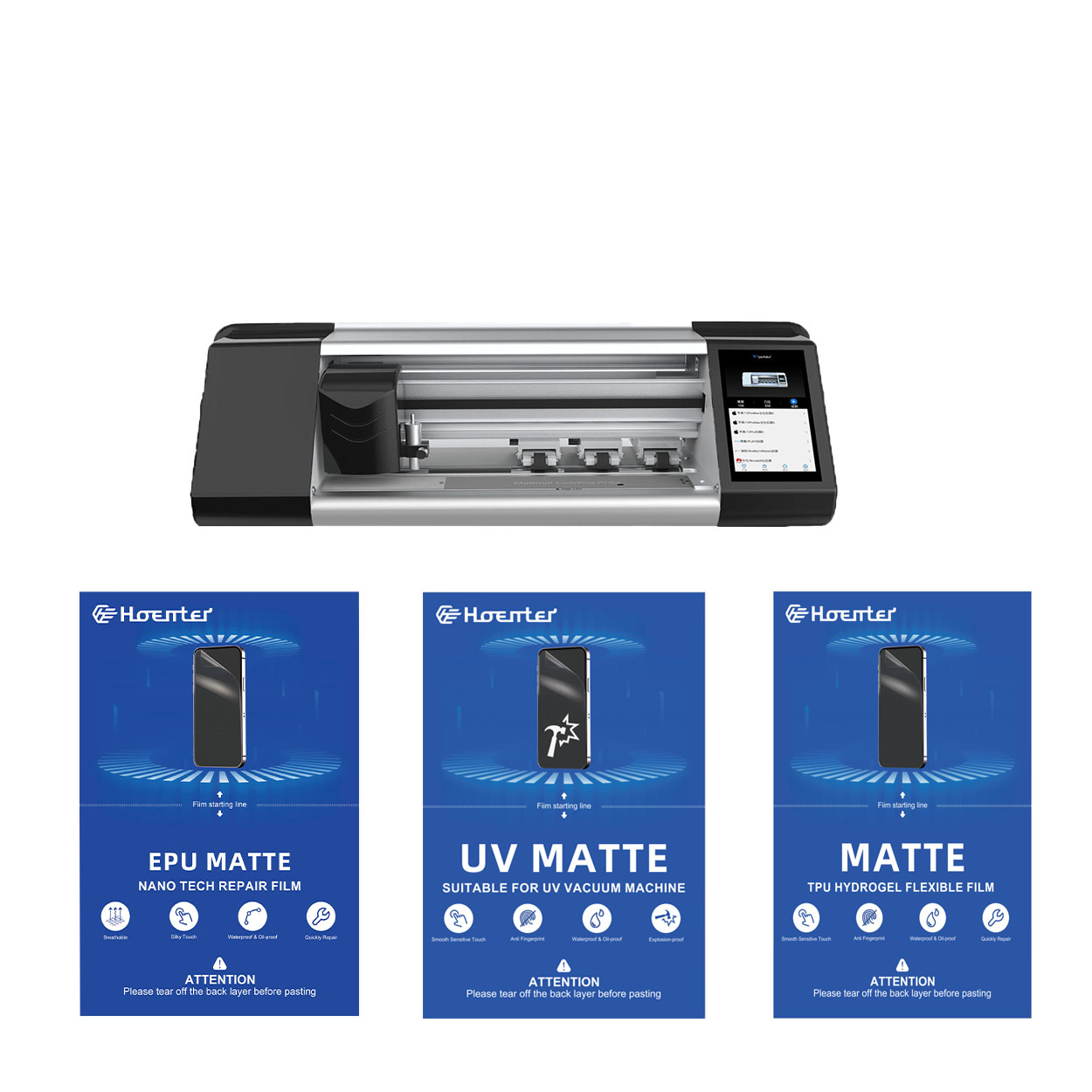
How to Fix a Screen Protector with Bubbles?
Table of Contents
Summary
- Clean your screen thoroughly before applying the protector.
- Use tools like a plastic card or hair dryer to remove bubbles.
- Reapply the protector if necessary, and always work in a dust-free environment.
- Invest in high-quality protectors to minimize the risk of bubbles.
- Check compatibility between your phone case and screen protector.
1. What Causes Air Bubbles in a Screen Protector?
Air bubbles can form under a screen protector for several reasons. Understanding these causes is the first step to preventing and fixing them.- Dust or debris on the screen: Even tiny particles can trap air and create bubbles.
- Improper application: Applying the screen protector too quickly or unevenly can lead to trapped air.
- Low-quality screen protectors: Cheaper protectors may not adhere properly, making bubbles more likely.
2. How to Prepare Your Phone Screen Before Applying a Screen Protector
Preparation is key to a bubble-free screen protector. Follow these steps to ensure your phone screen is ready:- Clean the screen: Use a microfiber cloth and a screen cleaning solution to remove fingerprints, dust, and oils.
- Work in a dust-free environment: Apply the screen protector in a clean, well-lit area to minimize the risk of dust particles.
- Use the included tools: Most screen protectors come with cleaning wipes, dust stickers, and alignment tools. Use them to ensure a smooth application.
Pro Tip: Turn off your phone during the process to avoid accidental touches and to see dust particles more clearly.
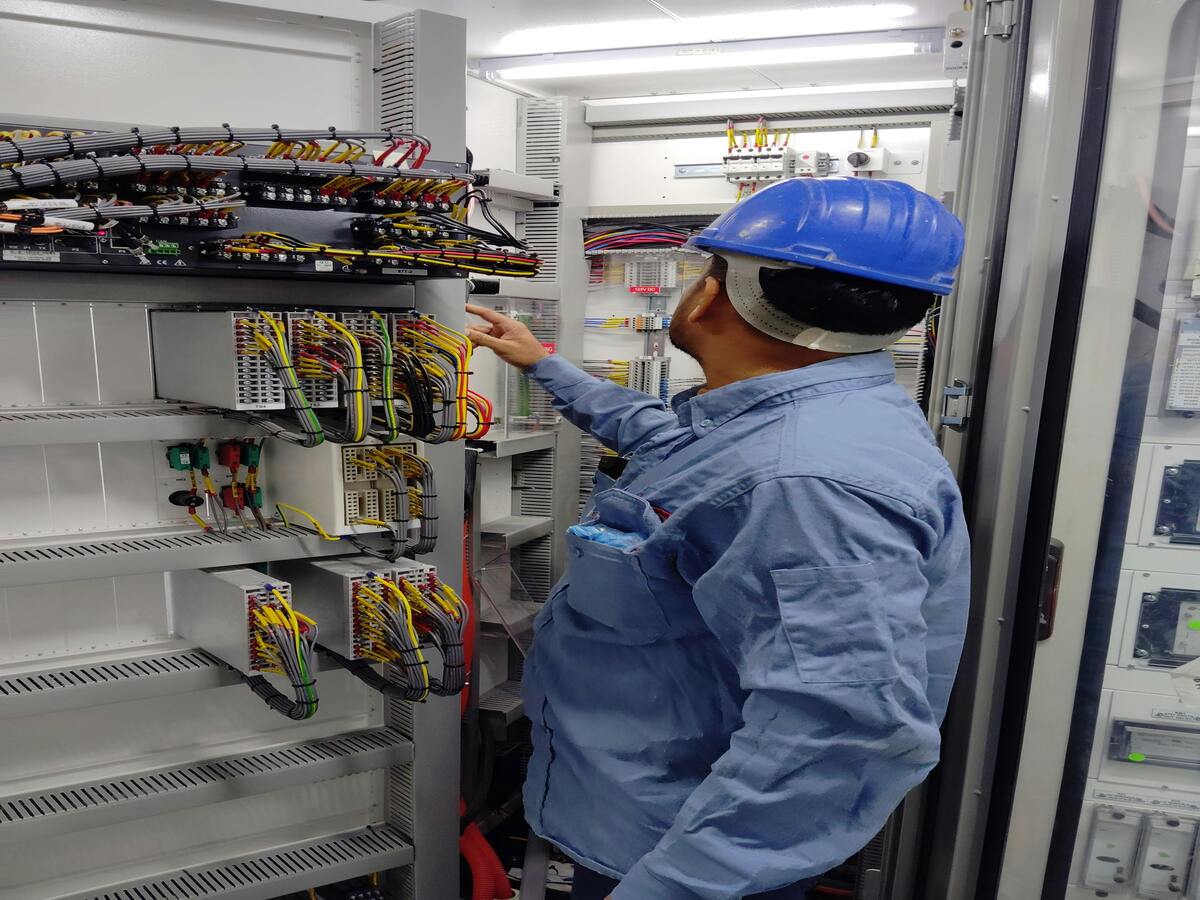
3. Step-by-Step Guide to Remove Air Bubbles from a Screen Protector
If you’ve already applied your screen protector and noticed bubbles, don’t worry! Here’s how to fix it:- Identify the bubbles: Locate the air bubbles and assess their size.
- Push the bubbles out: Use your fingers or a plastic card to gently push the bubbles toward the edges of the screen.
- Reapply if necessary: If the bubbles are stubborn, you may need to remove and reapply the screen protector.
Note: Be patient and apply even pressure to avoid damaging the screen protector.
4. Using a Plastic Card to Smooth Out Bubbles
A plastic card, like a credit card or the one included with your screen protector, is a great tool for removing bubbles.- Wrap the card in a cloth: This prevents scratches on the screen protector.
- Apply gentle pressure: Start from the center of the screen and push the bubbles outward in straight lines.
- Work slowly: Rushing can cause new bubbles to form or damage the protector.
Quick Tip: If the bubbles are near the edges, lift the screen protector slightly and reapply it while smoothing out the bubbles.

5. Can a Hair Dryer Help Remove Bubbles?
Yes, a hair dryer can be a surprisingly effective tool for removing bubbles, especially with glass screen protectors.- Set the dryer to low heat: High heat can damage your phone or the screen protector.
- Warm the protector gently: Hold the dryer a few inches away and move it in circular motions.
- Smooth the bubbles: Use a plastic card to push the bubbles out while the adhesive is warm.
Warning: Be cautious not to overheat your phone, as this can cause permanent damage.
6. When Should You Remove and Reapply the Screen Protector?
Sometimes, removing and reapplying the screen protector is the best solution for stubborn bubbles.- When to remove: If the bubbles are large or caused by dust, it’s better to start over.
- How to remove: Use a piece of tape to lift the screen protector gently from one corner.
- Reapply carefully: Clean the screen again and follow the application steps to avoid new bubbles.
Pro Tip: Use dust removal stickers to pick up any particles before reapplying the protector.

7. How to Prevent Bubbles from Forming in the First Place
Prevention is always better than cure. Here’s how to avoid bubbles during application:- Align the protector perfectly: Use alignment tools or guides to position the protector correctly.
- Apply slowly: Peel off the backing gradually and press the protector down as you go.
- Eliminate dust: Use a dust sticker to pick up any particles before applying the protector.
Remember: A clean and steady application process is the key to a bubble-free screen protector.
8. Should You Get a New Screen Protector?
If your current screen protector is damaged or the bubbles won’t go away, it might be time for a replacement.- Signs you need a new protector:
- Cracks or scratches on the protector.
- Persistent bubbles that can’t be removed.
- Poor adhesion due to age or low quality.
9. Do Phone Cases Cause Screen Protector Bubbles?
Yes, phone cases can sometimes cause bubbles, especially if they press against the edges of the screen protector.- Choose a compatible case: Look for cases designed to work with screen protectors.
- Reapply the protector: If the case causes bubbles, remove the protector and reapply it after adjusting the case.
Tip: Check reviews for both the screen protector and the case to ensure compatibility.
10. Final Tips on How to Get a Perfectly Smooth Screen Protector
Here are some additional tips to help you achieve a flawless finish:- Use a squeegee tool: Many screen protectors come with a squeegee for smoothing out bubbles.
- Work in good lighting: Bright light helps you spot dust and bubbles more easily.
- Be patient: Rushing the process increases the risk of mistakes.
Quote: “A little patience and preparation go a long way in achieving a perfect screen protector application.”
Comments
Tags
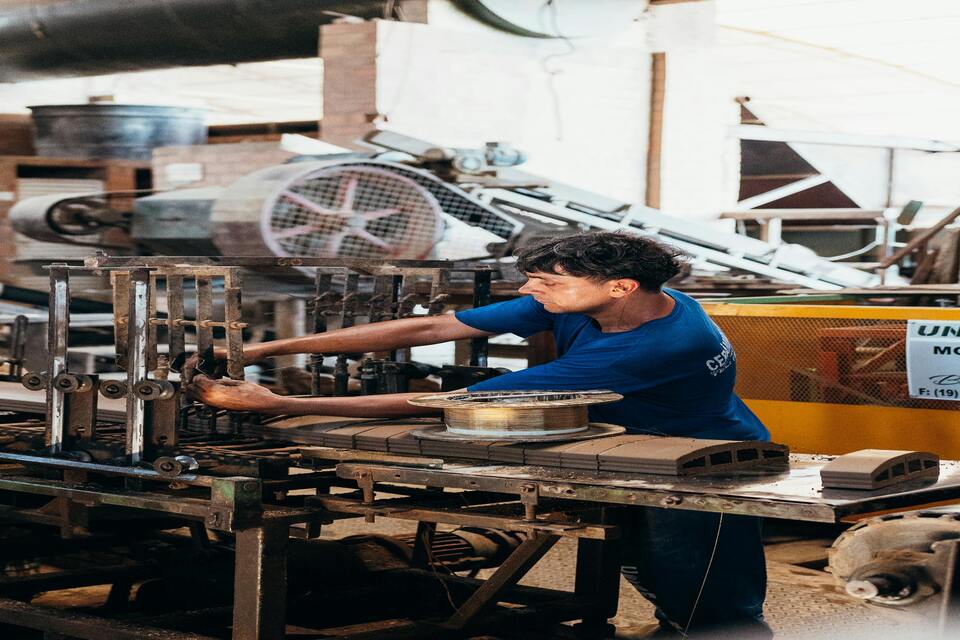
Do Phone Repair Shops Go Through Your Phone?
By following these guidelines, you can ensure that your phone repair experience is both secure and satisfactory.
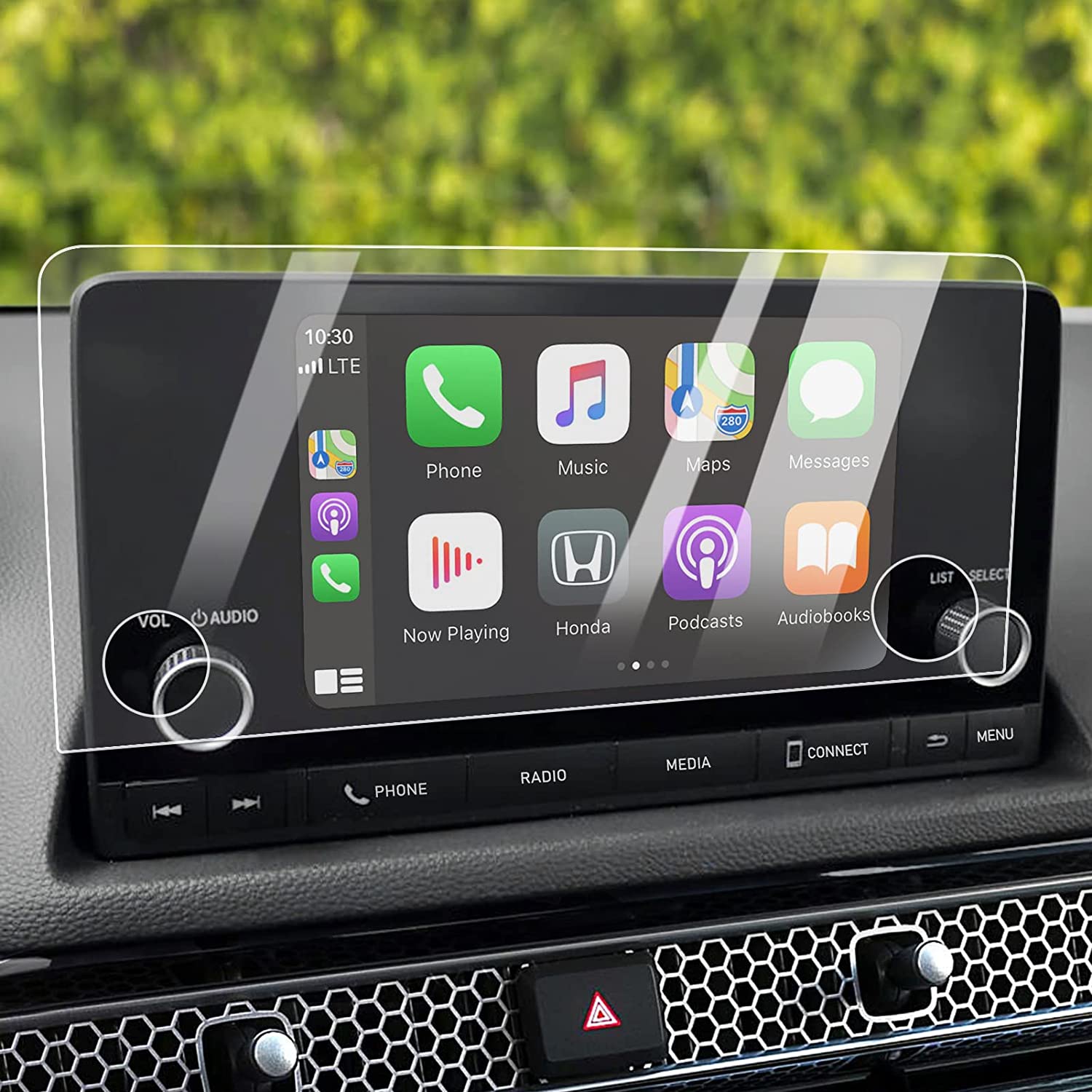
HD Car Touch Screen Tempered Glass
As a leading manufacturer of phone accessories, we understand the importance of protecting your valuable electronics. Now, we’re bringing our expertise to the automotive world with our premium HD Car Tempered Glass Screen Protectors.

How to Repair Apple Watch to Phone
By following these guidelines, you’ll be able to effectively manage and troubleshoot your Apple Watch and iPhone, ensuring a smooth and integrated tech experience.

Ceramic vs. Hydrogel Screen Protector
Both ceramic and hydrogel screen protectors have their unique advantages.
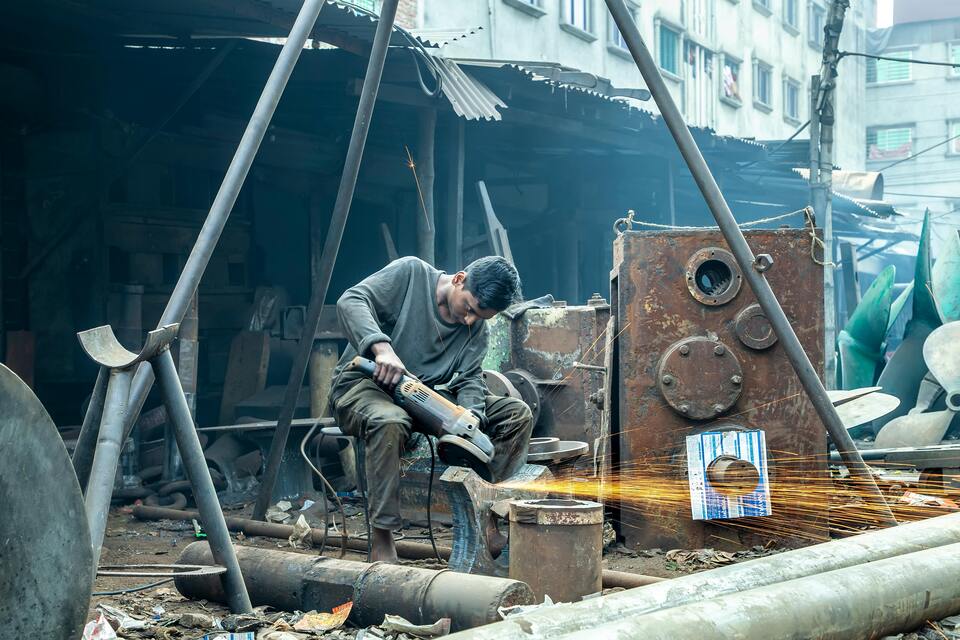
How to Remove Screen Protector from iPhone?
By following these steps, you can safely remove and replace your iPhone’s screen protector, ensuring your device remains in top condition.
Find All knowledge and trends from our blog, get the wholesale price and best quality from our factory.
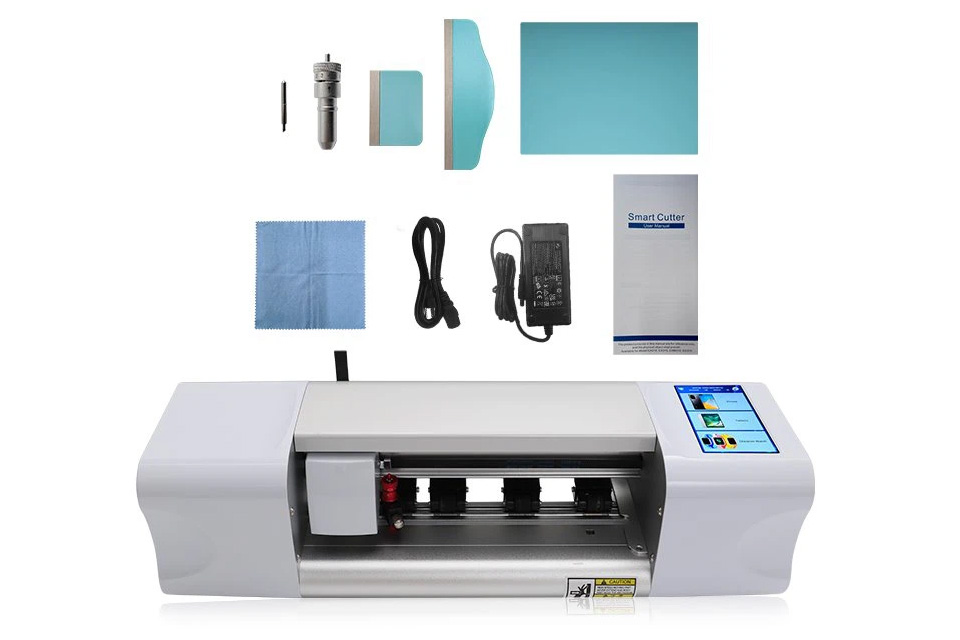
What Film Cutting Machine and Its Application
Film cutting machines have played a crucial role in the evolution of filmmaking and various industrial processes by enabling precise cutting and splicing of film materials.
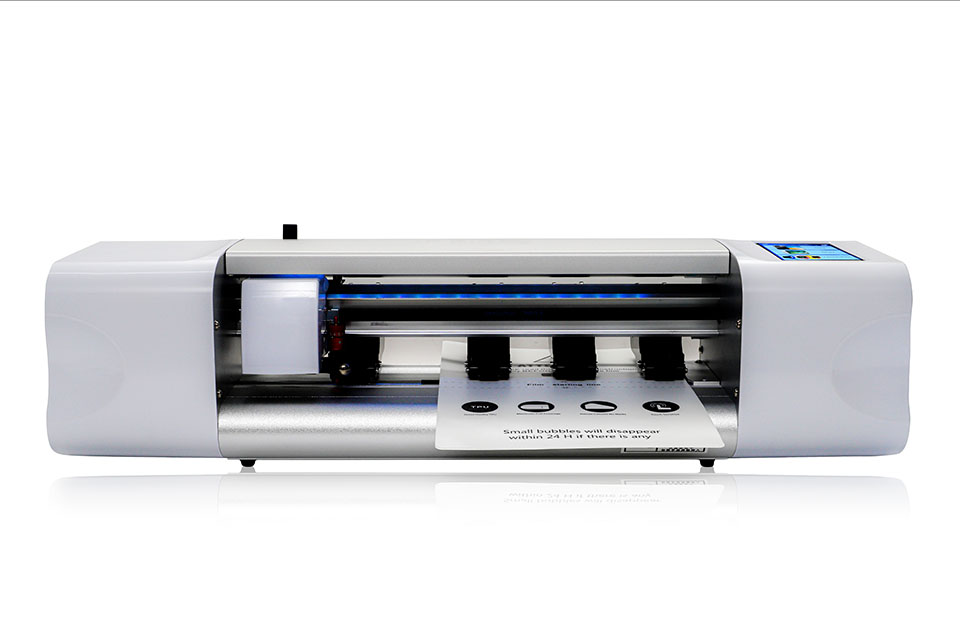
What Is a Screen Protector Cutting Machine?
A screen protector cutting machine is a specialized device designed to produce custom-fit screen protectors for various electronic devices, including smartphones, tablets, smartwatches, laptops, and monitors.
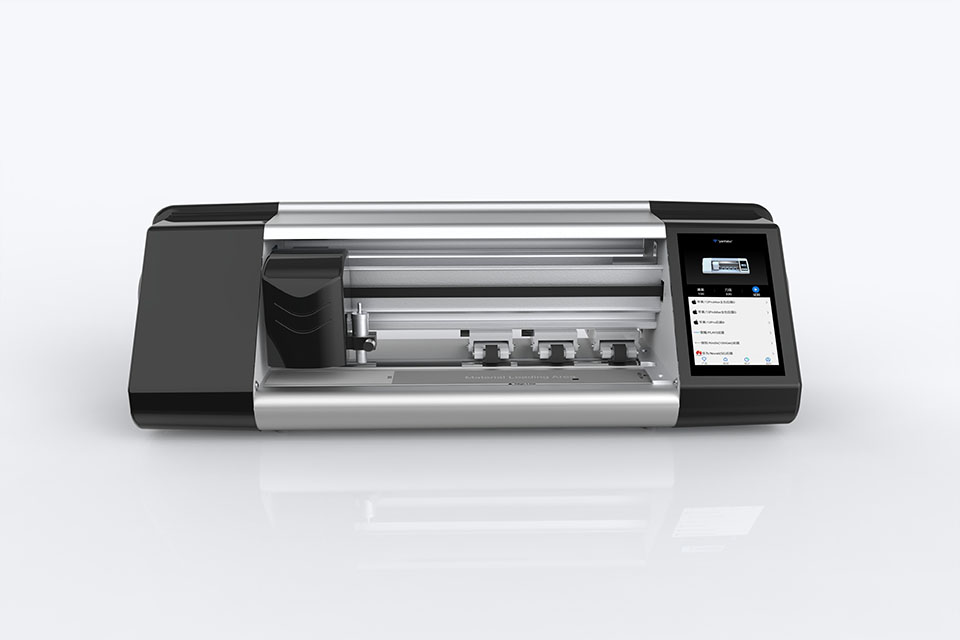
How Mobile Phone Screen Protector Cutting Machine Work?
A mobile phone screen protector cutting machine is a sophisticated device designed
to produce customized screen protectors for various digital devices with high preci
sion and efficiency.
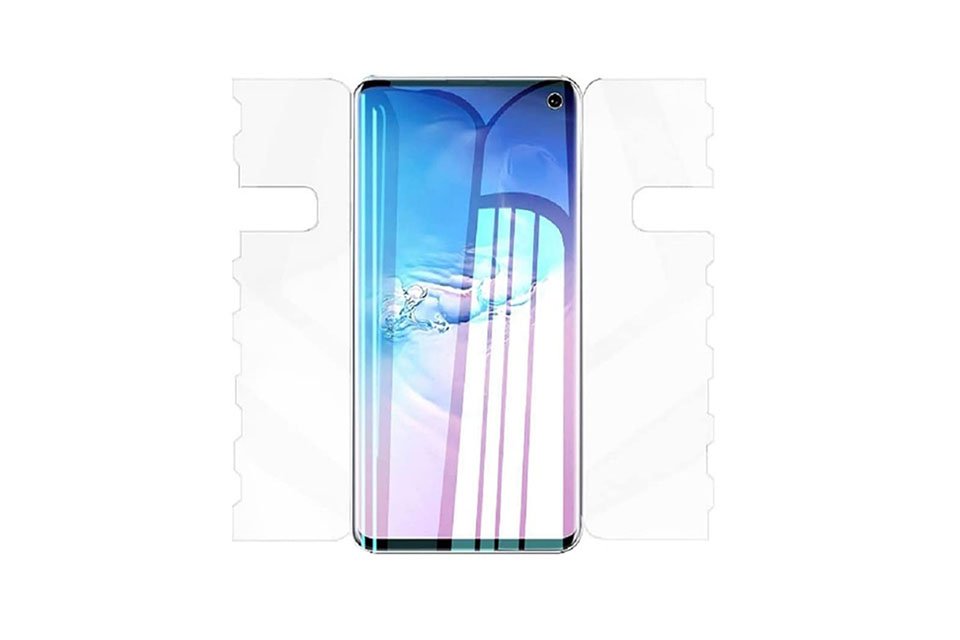
Characteristics of Mobile Phone Tempered Glass and Mobile Phone TPU Screen Protector
Thermoplastic polyurethane (TPU) screen protectors are flexible, durable, and
self-healing plastic films designed to protect electronic device screens from
scratches, impacts, and other potential damages.
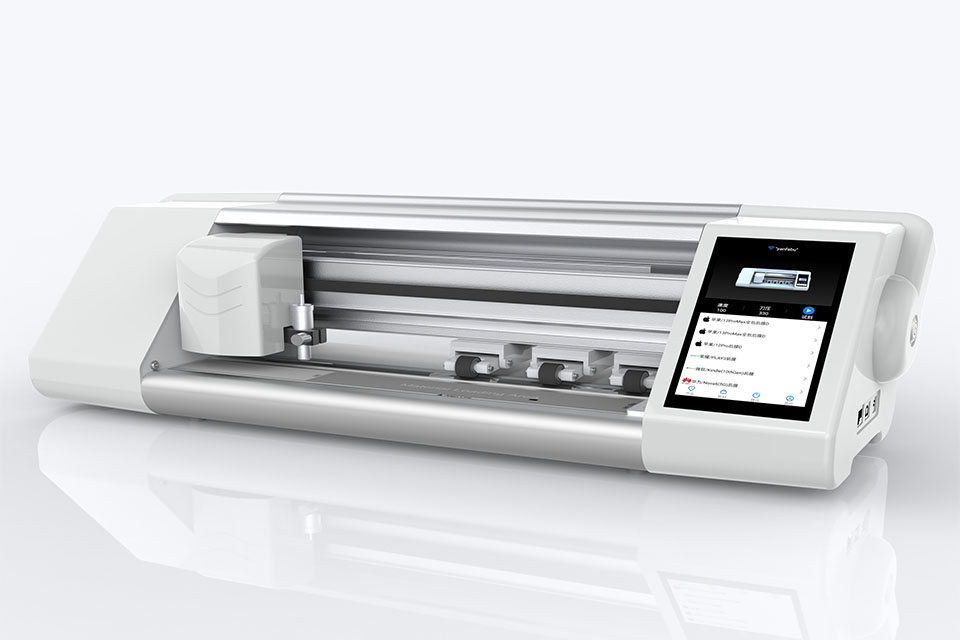
Revolutionize Device Protection with Screen Guard Cutting Machine
Whether you possess a smartphone, tablet, or smartwatch, this versatile machine accommodates a vast array of devices. It seamlessly adapts to the dimensions of your gadget, offering a custom fit that generic protectors can’t match.
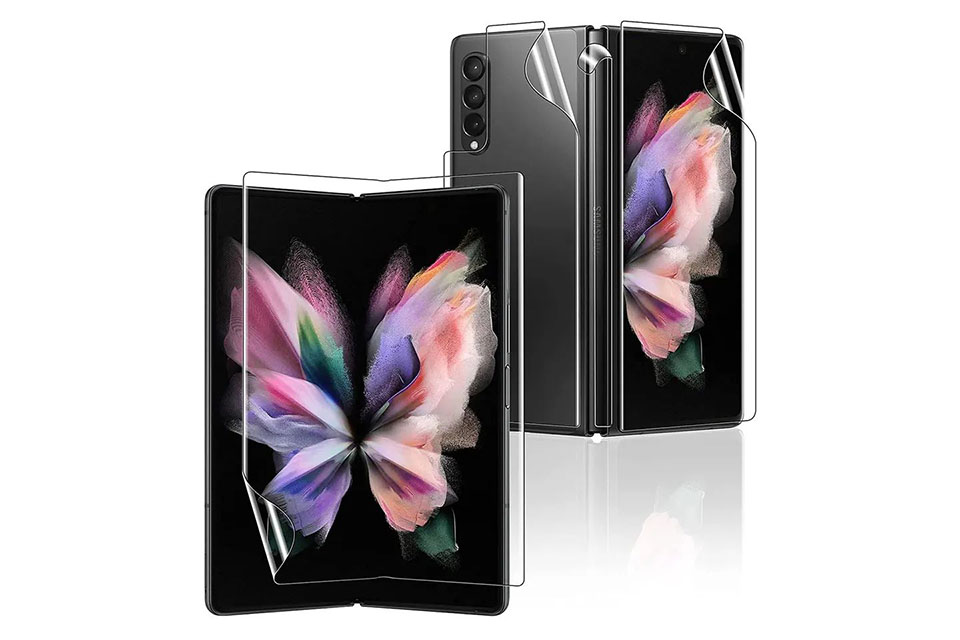
Screen Protector Lifetime Warranty
A screen protector lifetime warranty is a guarantee provided by manufacturers that
promises to repair or replace a screen protector for the lifetime of the product, under specific terms and conditions.

